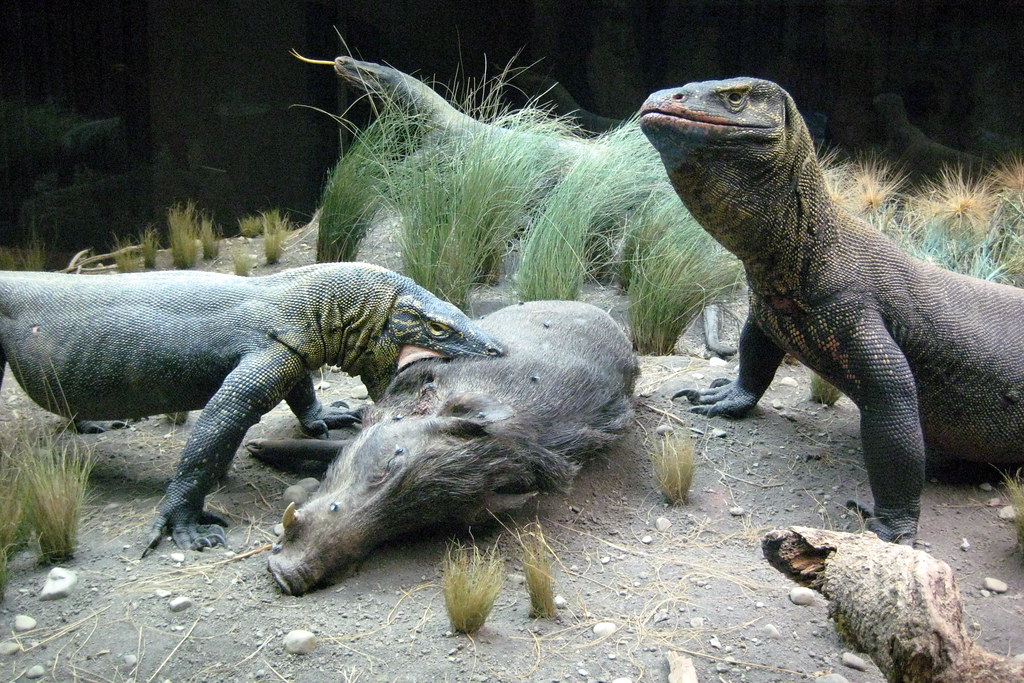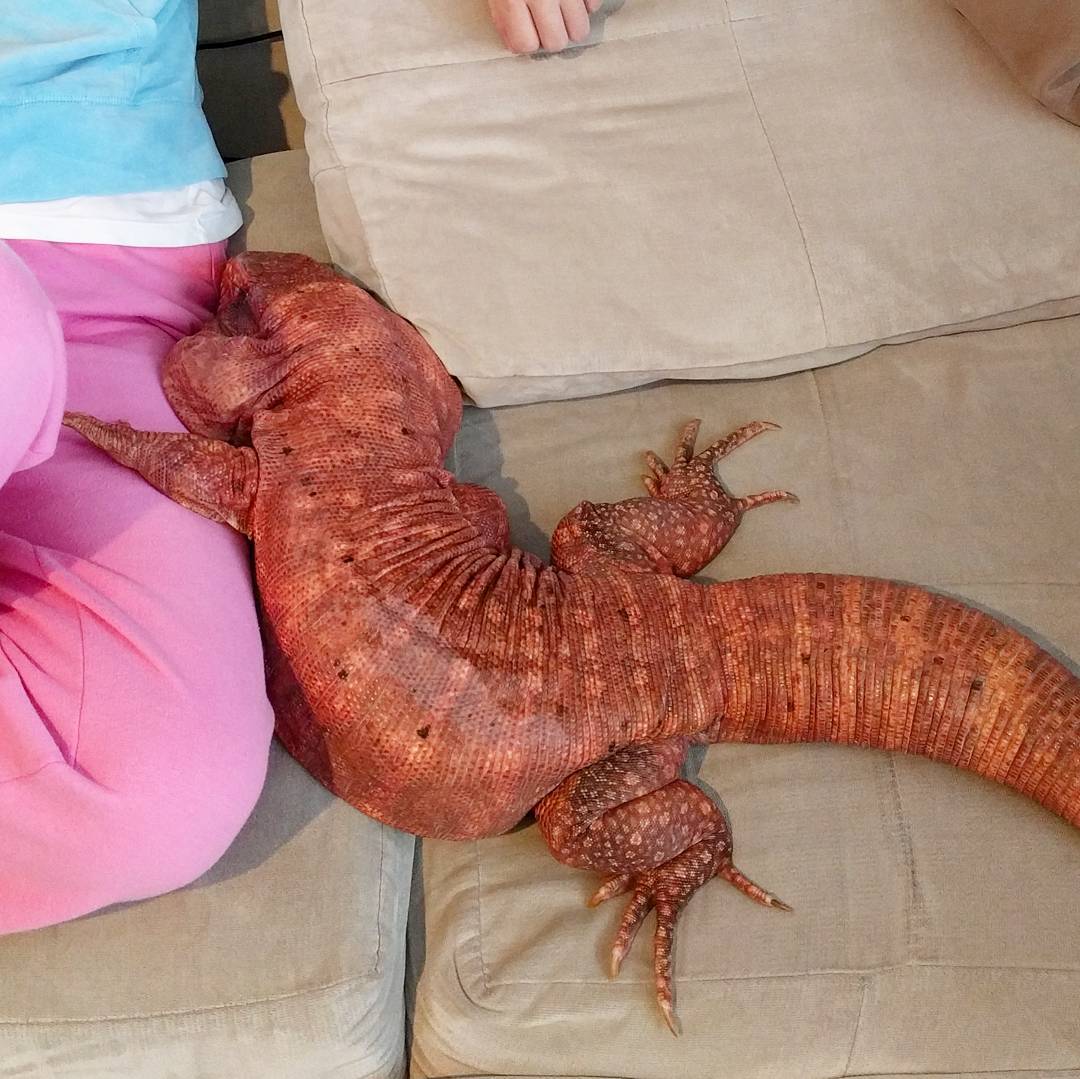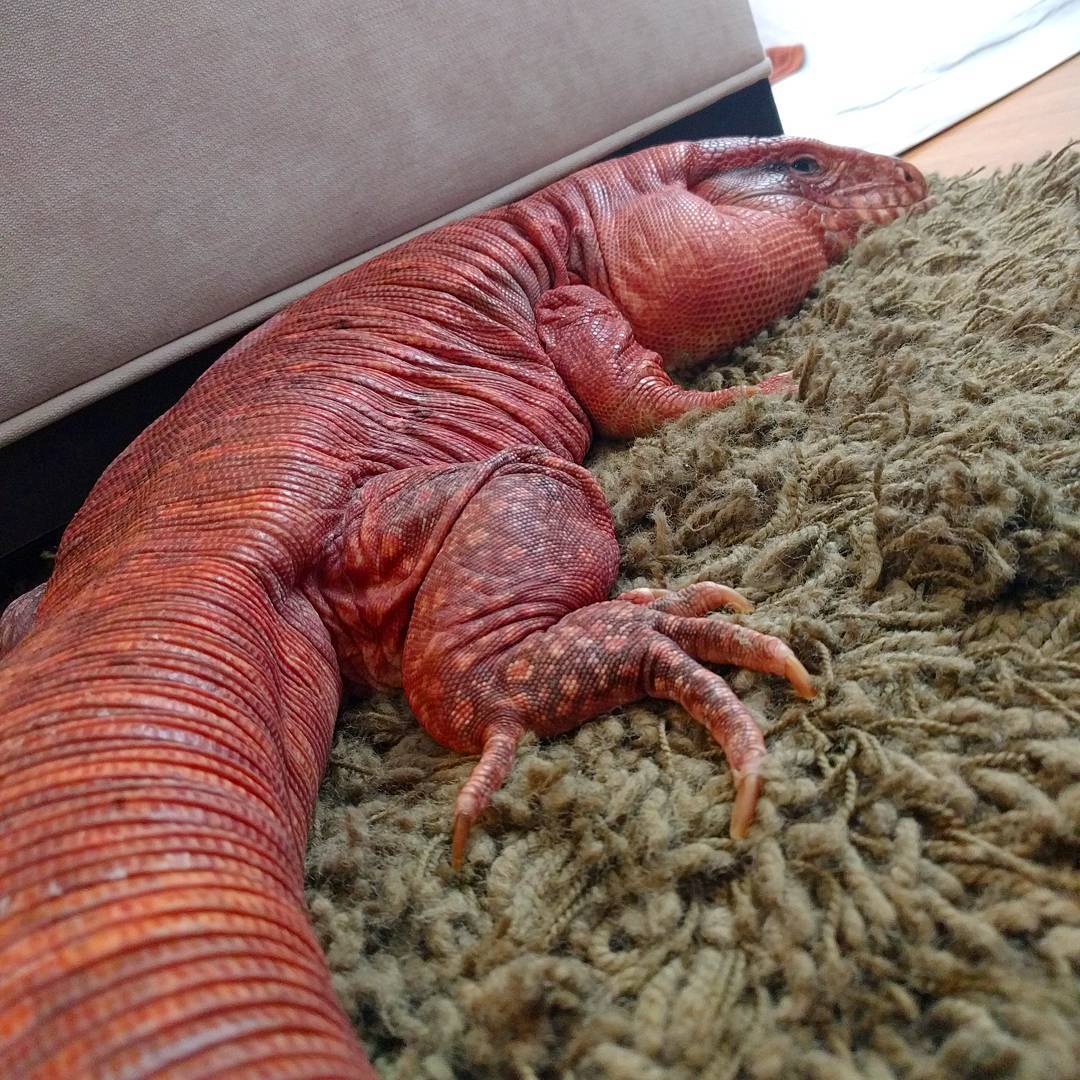A starting point for the care of Savannah Monitors
One of the biggest misconceptions about Savannah Monitors is that they are desert dwelling animals;
>This is false information Watch Video - Savanna Biome
Virtually all of the Savannah Monitors captured for
the worldwide pet trade are "harvested" from Ghana Africa, a coastal
grassland, that has
rich grassy vegetation and relatively high humidity for much of the year.
When we fail to provide the required humidity in captivity, these
majestic animals perish from various states of dehydration. What many
keepers fail to realize is that these animals spend much of their time
down inside
Burrows
(or tunnels) under the ground to conserve moisture and avoid
predators. These burrows are very important to the overall health of
your lizard.
Savannah Monitors are very
intelligent
animals, they require stimulation, locked inside four walls with
nothing to do is comparable to solitary confinement in prison, They NEED
space, they NEED dirt to dig burrows in. Like a child in a sandbox,
nothing else you can do for your animal is better than to give it plenty
of
sandy soil mix to tunnel in and providing enrichment to keep the animal's
mind keen. Monitors in captivity can become bored. (wouldn't you be in a box?)
If you wish to keep your Savannah Monitor healthy and alive for more
than a year or two, you simply must provide a large sealed
enclosure
with a solid 24 inches of soil that will hold a burrow without
collapsing on the animal while it spends most of it's time in there. The
preferred substrate of many advanced keepers is a mixture of soil and
sand. (See Bio Active soil page)
Temperatures and Humidity
To properly support your Savannah Monitor, a wide range of options is
usually deemed the best way to raise a healthy animal, Quite honestly
you simply cannot provide this with any size "fish tank"!
Click
here to see why this is the single most important factor of proper care.
The humidity inside your enclosure should range from very low
(directly under the basking lamps) to very high (nearly 100% down in the
burrows and about 60% overall humidity on the cooler end of the cage.
A high quality digital
hygrometer is mandatory for monitoring the environment inside your enclosure. Guessing the humidity will not work.
A high quality digital thermometer or
temp gun is also a necessary
tool required to properly set up and maintain your monitor and keep it healthy.
Failure to provide sufficient
basking temperatures and correct humidity, as well as supported
burrowing, is stressful the lizards internal organs and leads to
dehydration and gout.
It has been concluded that chronic exposure to
insufficient basking temeratures prohibits proper renal tubule function
leading to kidney damage and failure over time. Source:
Robert W. Mendyk, Zoo Biology 00: 1-11 (2012)
As a general rule of thumb, basking spots should be a minimum of 130 - 150 degrees Fahrenheit.
Recently I documented my lizards baskig at almost 180 degrees.
View Photo (click).
Allowing your captive Monitor Lizard to roam
about the house or keeping it in a room is not a suitable substitute
for a proper enclosure.
Lighting your enclosure.
For optimal basking, without risk of burns, it is common practice to use a cluster of three smaller 45 to 50 watt
halogen flood lights
rather than one big light. Experienced keepers use common floodlight
bulbs sold at most retailers / hardware stores for use in outdoor
security lights. They cost a lot less than reptile bulbs sold at pet
shops, and work just as well.
Optimal basking temperatures should be right around
130-155 degrees (F) and be broad enough to cover most of the lizards
body while sprawled out under the lamps. Warning! the use of a single
high wattage lamp will burn your lizard and dry out the air in your
cage.
It is also of no harm and thought to benefit the lizard if there is at least one
UVB lamp in use to enhance the simulation of sunlight.
Food options
Savannah Monitors are primarily insectivores in the
wild, there is however, some controversy about feeding rodents in
captivity. This is a long winded and foolish argument.
A properly supported Monitor can handle mice and
rats in their diet without any problems. However, the vast majority of
keepers do not provide the correct housing for their captive lizards
and the resulting health issues are often blamed on the rodent diet,
when in fact improper husbandry that brought on the failure in the
animal's health. Be sure to read the dehydration and gout page
carefully, or your lizard will not live to be very old.
A proper Savannah Monitor diet would consist of Roaches, Crickets,
Night Crawlers (Large earth worms) Mice, Rats, Snails, Garden slugs,
Superworms and Locusts (where available) and certified chemical free
organic whole Shrimp, Crabs, Crayfish & Chicks.
Poor foods
Some of the
worst things people could ever feed their captive Savannah Monitors...
Dog food, Cat food, Canned anything! Why? Read this link
- Chicken parts, ground Turkey, animal parts.(Lacking essential minerals)
- Boiled or scrambled eggs & cooked foods.(Cooking destroys nutrients)
The above items are not nutritionally complete, canned
goods are almost all treated with chemicals, therefore the above items
should be avoided.
Failure to provide these basic requirements will result in your animal languishing and ultimately perishing from dehydration related complications or other health issues and dying a gruesome death.
Summary of a Properly supported Savannah Monitor
- Minimum cage size 8 feet x 4 feet x 4 feet or bigger
- Deep sandy soil floor to support digging burrows
- Hot basking area of 130 degrees (F) or HOTTER
- 60% average humidity or higher
- large water dish (Changed daily or more)
- several hiding areas located throughout the cage.
- 6500K and supplimental UV lighting, it should be well lighted during the daytime cycle to simulate a sunny afternoon in Africa.






